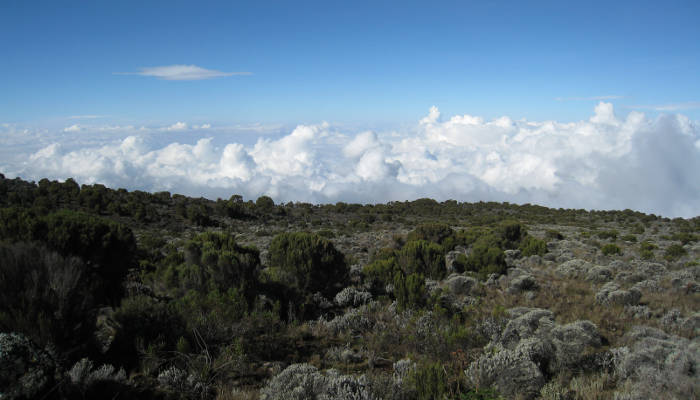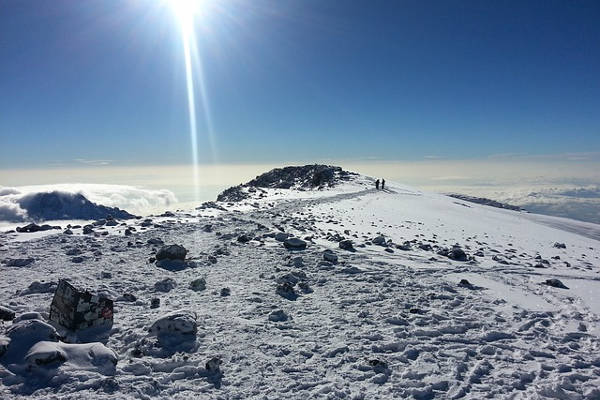In the new age of technology, everyone wants to document their travels, and this is certainly true for trekkers. On a mountain where the scenery is nothing short of breathtaking, a camera is a vital piece of kit.
However, because of the relative remoteness of Mount Kilimanjaro, we get many readers asking if it’s actually possible to charge their cameras on the mountain.
Therefore, we decided to put together an article on charging camera batteries on Kilimanjaro which answers this question and hopefully gives our readers a greater understanding of what to expect. We have also added some of our personal recommendations for cameras on the mountain.
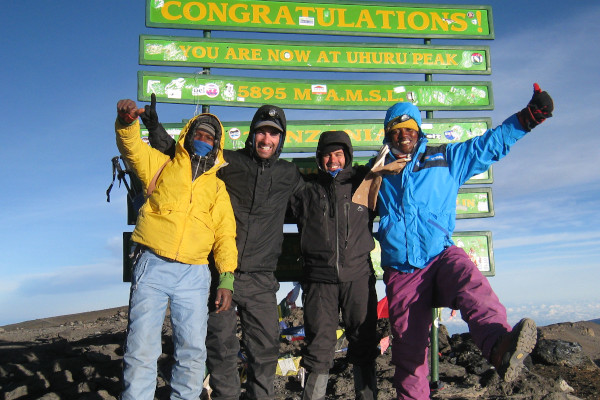
Plan your Kilimanjaro trek
Get a quote from our recommended local Kilimanjaro operator
Charging Camera Batteries on Kilimanjaro
As you might have already guessed, there are typically no power points on mountains, which makes charging camera batteries on Kilimanjaro a challenge. Getting the right battery set up, therefore, is vital. This in an age-old problem for photographers who often obsess over how to get extra battery length.
What battery set up you take will depend heavily on what camera you are using. Most D-SLR’s will have specific batteries, whilst many good point and shoot cameras will have rechargeable Li-ion batteries. Towards the lower end, you’ll find cameras that take standard AA batteries. It would be ideal if all cameras took AA batteries as you could just stock up on the batteries without spending a bucket load. Sadly, this is not the case.
D-SLR’s
In general, D-SLR’s will give you the greatest picture quality. If you’re serious about your photography or just want the best shots possible of Kilimanjaro, then D-SLR’s are the way to go. However, when trekking they can be quite big and cumbersome. They’re are a literal pain in the neck to carry, but if you shove them in your backpack, you’re likely to miss out on shots you may otherwise have taken.
As mentioned above, most D-SLR’s come with their own specific batteries. These are generally not cheap but they do tend to last a fair while. If you own a top D-SLR, then you’ll also have the option of a battery grip. These are great for travelling photographers as they take standard AA batteries! You can therefore just stock up on as many batteries as you wish. If you own a lower end D-SLR, then your best best is to fork out cash for several batteries and charge them fully just before departing. Depending on the weather, 3 batteries should give you in the region of 2,000-3,000 shots.
If you don’t like the idea of forking out a bit of cash on a branded battery, there are usually plenty of non-branded batteries that will match your particular D-SLR and come at a fraction of the cost. I picked up 3 non-branded batteries for my Canon and charging camera batteries on Kilimanjaro for under £10. However, the trade off is that they certainly don’t last anywhere near the same length of time. Whilst my Canon battery gets just over 800 shots, the non-branded batteries get less than half this number. Your camera manual should tell you how many shots to expect from your battery and at what temperature.
Point and Shoot Cameras
Most point and shoot cameras will use rechargeable Li-ion batteries, which is great for charging camera batteries on Kilimanjaro. Although the word rechargeable conjures up images of miraculous charging, this is not the case. Without a power source, rechargeable Li-ion batteries are as useful as any other battery on the mountain. Like the D-SLR’s, your only option is to bring several batteries. Once again, your camera manual should be able to tell you what to expect in terms of battery life. How many batteries you bring will obviously depend on the length of trip you are taking.
Some good point and shoot cameras these days take rechargeable standard AA batteries, which is ideal for charging camera batteries on Kilimanjaro. If you do own a camera like this, then I would actually recommend taking standard AA batteries and not rechargeable AA batteries on your trip as the rechargeable AA batteries do not last long at all. You really have to buy the best to get any real life out of them, even though the standard AA batteries far outstrip them in battery life.
Optimal Temperature
Whilst in warmer climates, temperature and battery life is not a major factor, but it is on the mountain. No matter the type, every battery has an optimal operating and charging temperature. It is a well known fact that batteries lose life more quickly in colder temperatures, which isn't ideal for charging camera batteries on Kilimanjaro. Whilst this is no issue at the bottom of the mountain, towards the higher peaks, it becomes downright freezing! Your battery life will therefore suffer on the higher reaches. So, keep this in mind while charging camera batteries on Kilimanjaro.
It’s not all bad news though. Freezing conditions are actually the optimal temperature for storing rechargeable Li-ion batteries. Rechargeable Li-ion batteries stored in cold temperatures actually discharge much less than in warm temperatures. The bad news is that recharging batteries in freezing temperatures can actually damage the battery! A typical camera battery operates and charges best around 20 degrees Celsius (70 degrees Fahrenheit).
Solar Charging Options
Fairly new to the market is solar charging. This is literally the only way to charge any of your camera batteries on the mountain. There are a wide array of solar charging options which work well for charging camera batteries on Kilimanjaro. These vary from the small watt packs to the large solar panels that fit on the back of your day pack.
The pros of this are of course that they're great for charging your electronic devices as well as charging camera batteries on Kilimanjaro. However, it not that simple. Solar charges are generally quite big and add extra weight to your bag. They also require the sun. This means you need to recharge your camera batteries during the day as solar chargers do not store energy. This may sound okay, but when you realise that the average solar charger takes literally hours to charge your battery, this idea becomes less than helpful on a trek.
In reality, solar chargers are best for independent trekkers or photographers who are moving at their own pace and can afford to take half a day off to re-charge their camera batteries. On Kilimanjaro, there is no such time as most treks take place in the region of a week and hiking is done every day. There are certainly periods in the day when you won’t be trekking, but you would have to be fairly desperate to get your batteries charged if you were to carry a solar charger just for those moments.
Another point about solar chargers is cost. They are expensive. The best ones come in around US$300. These charge the quickest and produce the most volts. Cheaper options take excessive amounts of time to charge.
Top Tips and Tricks to Saving Battery Life
- The bigger the battery, the better.
- Manual zoom uses less battery life than motorized zoom.
- Make sure to charge your batteries literally just before hitting the road.
- One thing to always keep in mind with batteries and temperature is – ‘Store them cold, use them warm’.
- Avoid using your screen - use your optical viewfinder instead whenever possible.
- Set preview times and auto-off function to the quickest time possible.
- Brightness uses battery – turn down the brightness on your LCD if it’s possible.
Camera Recommendations for Kilimanjaro
To get the best possible shots for charging camera batteries on Kilimanjaro, you’ll want a camera that takes RAW file pictures. If you literally want to just show your family some pictures when you get home, this may not be as important. However, we’ll work off the theory that you want the best image quality.
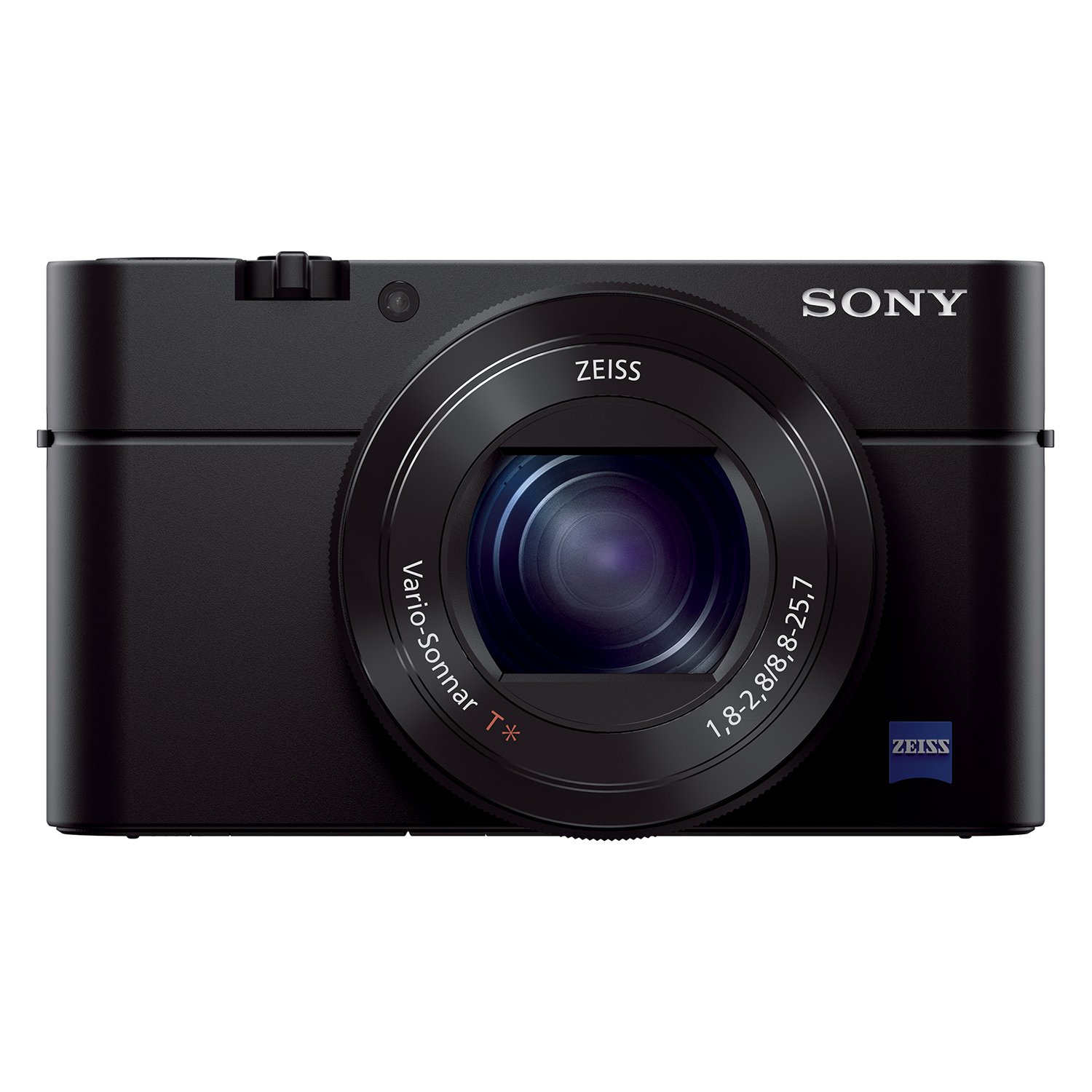
Sony DSC-RX100 III
The ideal Kilimanjaro camera will be small, light and pocketable whilst also able to shoot RAW files. The best option to our knowledge is the Sony DSC-RX100 III.
The Sony DSC-RX100 III is a seriously cool little camera that gives awesome shots in the highest possible quality. It’s very lightweight and small and you won’t even notice it in your pocket when trekking.
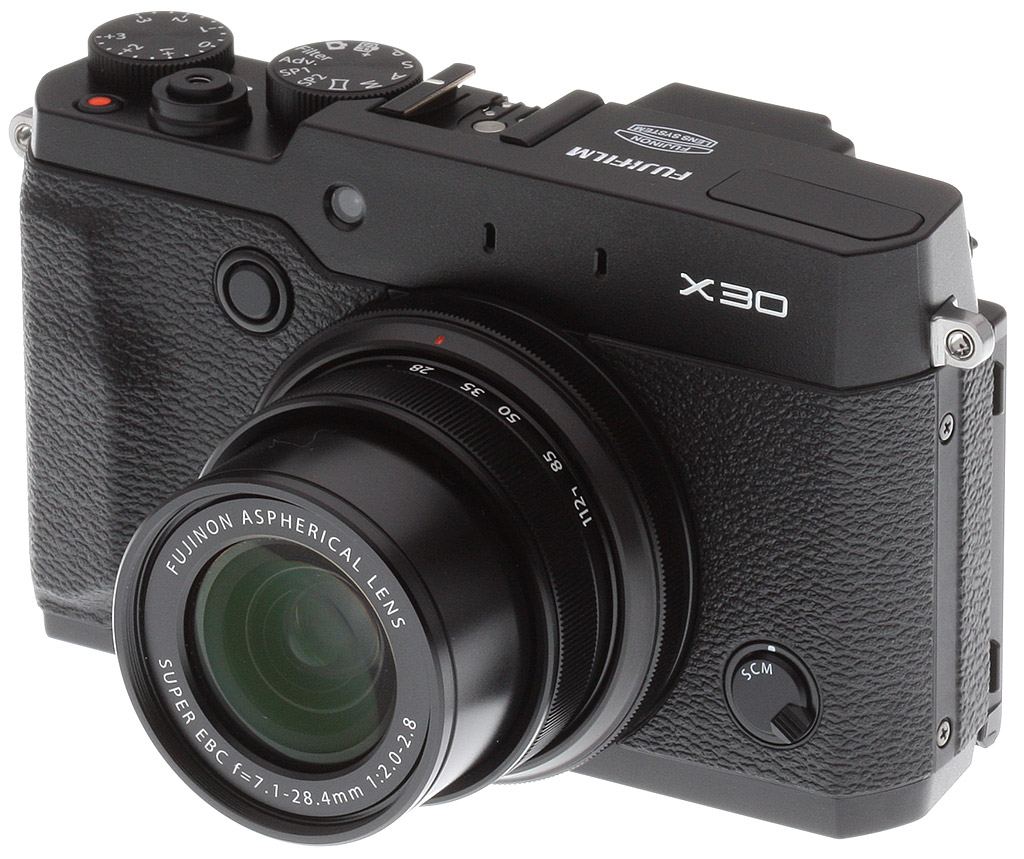
Fuji X30
Another great option is the Fuji X30. Although slightly bigger than the Sony, the image quality is out of this world for the price and size of the Fuji!
D-SLR’S
For the more serious photographer that doesn’t mind carrying around a bit of weight, the options are almost endless. The options will also depend heavily on what type of photography you’re into, e.g. wildlife, landscape, portrait etc. For Kilimanjaro, let's assume it’s landscape.
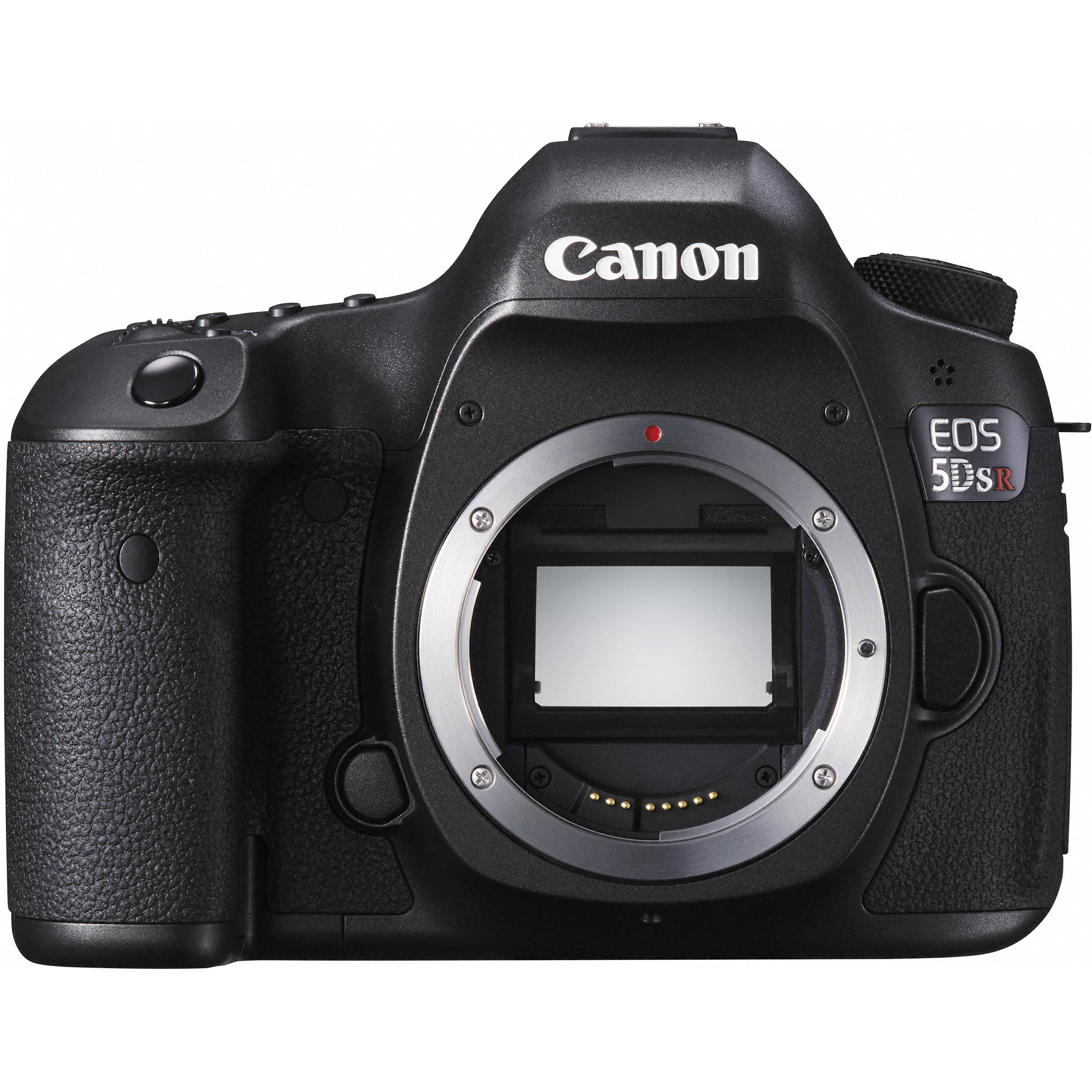
Canon EOS 5DS R
The best Canon landscape camera is without a doubt the Canon EOS 5DS R. The age-old adage ‘you get what you pay for’ is certainly true in the camera world and the Canon EOS 5DS R is a testament to this.
With the right lens, this full-frame camera produces professional quality shots that are crisp, sharp and deep in colour. The camera also comes with a whopping 50.6 megapixels!! Another great option by Canon is the 5D Mark III which, until recently, was Canon’s best landscape camera.
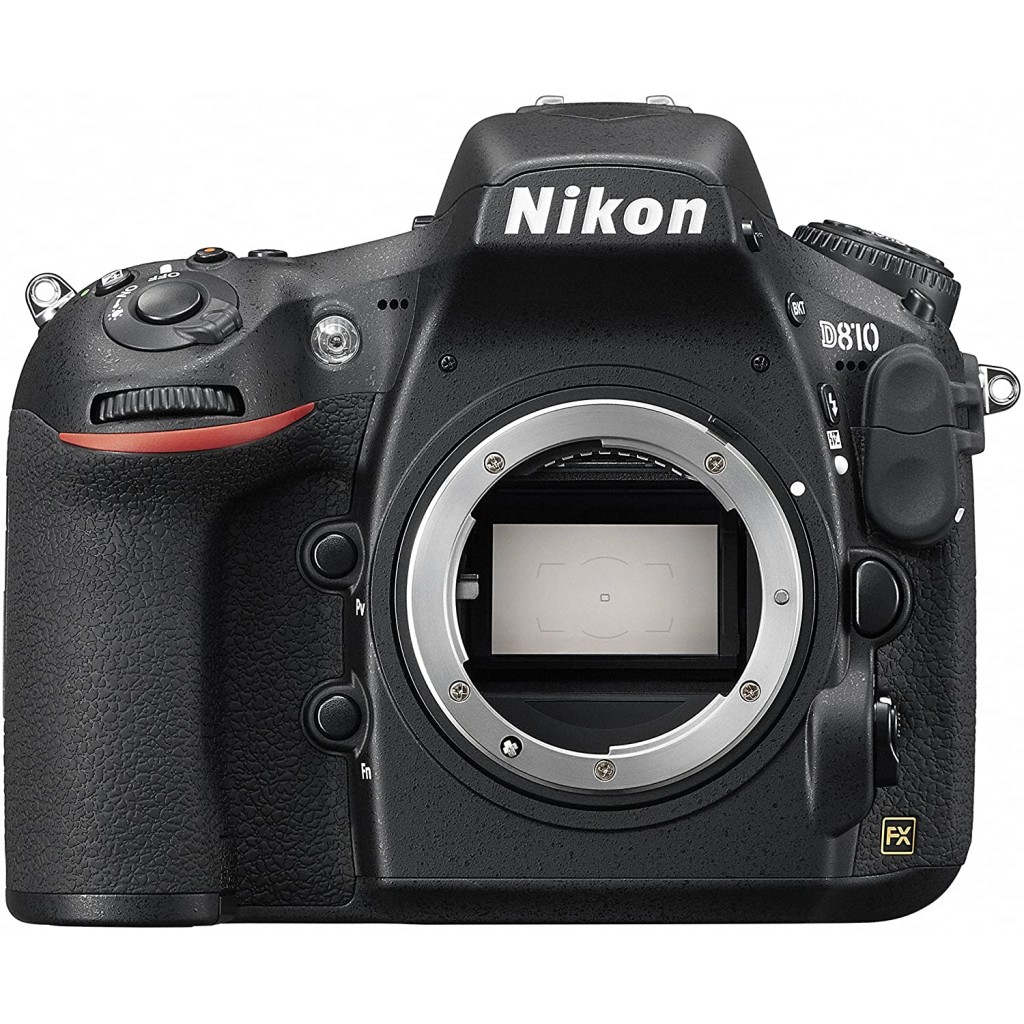
Nikon D810
Nikon’s best full frame landscape camera is the D810. It has fantastic picture and video quality and is considered a favourite among pros.
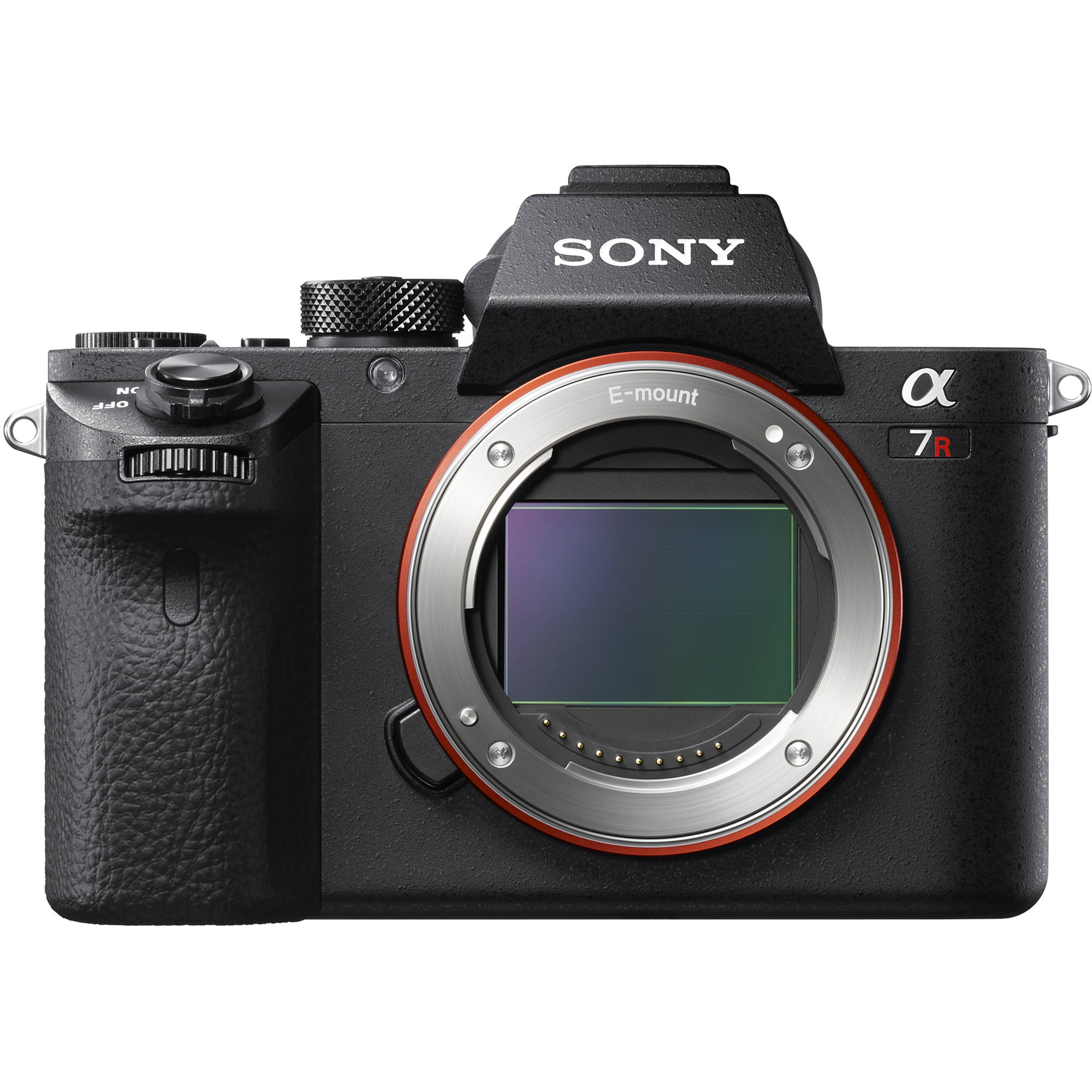
Sony Alpha a7R II
Sony are now starting to come up, and the Sony Alpha a7R II is a truly exceptional outdoor landscape camera.
Several top photographers use this body, including Chris Burkard! Lens options are slightly less than Canon and Nikon, but Sony are catching up fast and this could be the market leader very soon.
FAQs
We hope you have enjoyed this Charging Camera Batteries On Kilimanjaro article and taken away some of the key points regarding charging camera batteries on Kilimanjaro. If you have any further questions, then please leave a comment below and we’ll get back to you as soon as possible.
Read More Kilimanjaro News:
- DJ Seth Troxler journeys to the Roof Of Africa for charity
- Nepali mountaineer Sanjay Pandit climbs Kilimanjaro backwards
- 13-year-old Olivia Maiden scales Kilimanjaro in memory of her sister
- Tanzania's plans to build Kilimanjaro cable car receive a lot of laughs
- Even camels can be found atop the Roof of Africa


